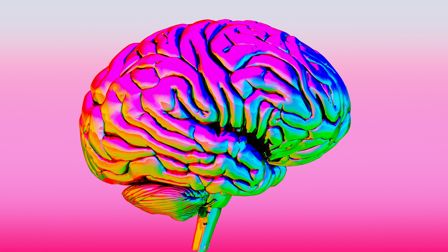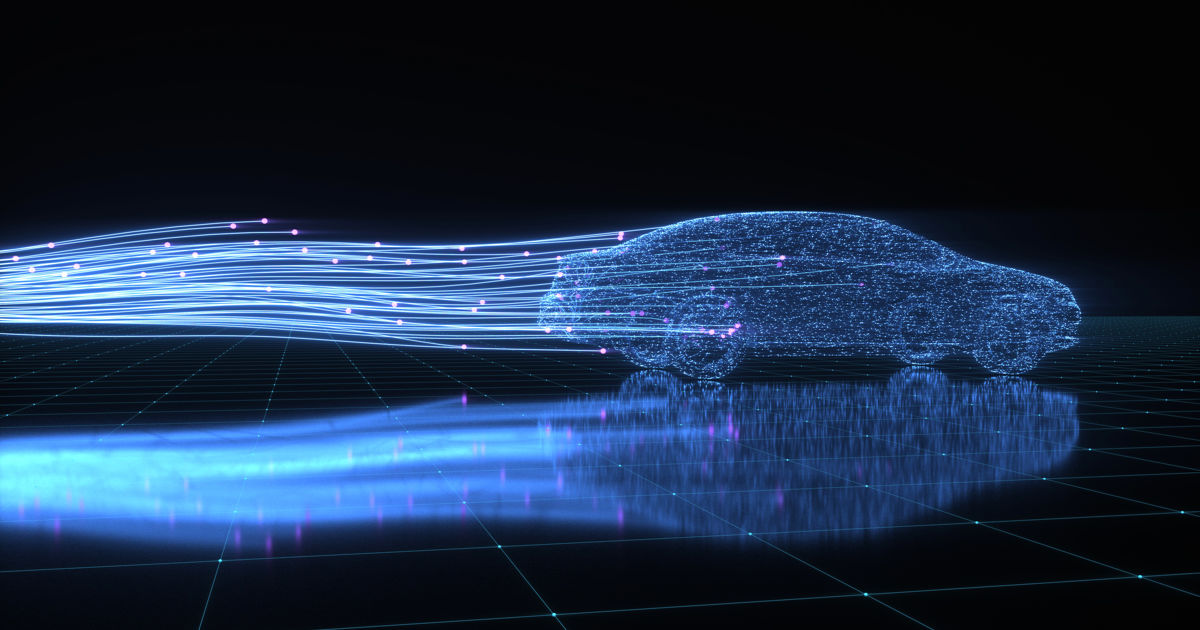Real-time image creation: A new wave of experiences for car buyers
With the landscape changing for the automotive industry, how are car brands using creative technology to entice potential customers? Saddington Baynes' Chris Christodoulou explains...
The automotive industry landscape is changing. Rather than a shiny new state-of-the-art car, we’re much more likely to buy a second, third or even sixth-hand vehicle online.
In fact, new car registrations were down 6.8% in 2018. The result? A sharp decline in dealership visits. That’s why automotive brands have been amongst the most innovative in going beyond traditional advertising.
Brands are going a step further when it comes to personalising the retail experience... into richer, more engaging experiences built with real-time technology.
Over the last decade, automotive brands have been personalising online experiences using CGI. London’s first all-digital showroom, Audi City, is perhaps the most high profile example. Visitors can research, build and interact with their ‘dream car’ via large screens, showing life-size cars in every conceivable design. This approach created greater dealership visits and increased that showroom's sales because the experience was so rich.
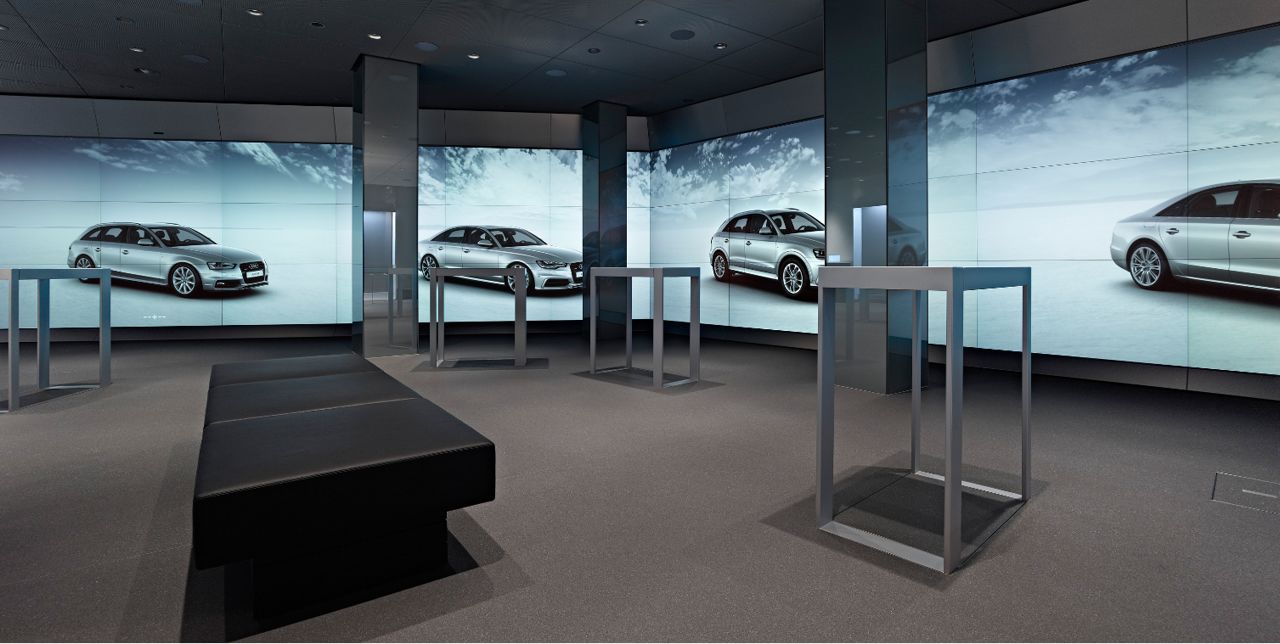
Above: Audi City's showroom.
Now, brands are going a step further when it comes to personalising the retail experience – beyond a static car image against a white background – into richer, more engaging experiences built with real-time technology. Consumers can see and interact with the car from any angle, in multiple locations and lighting, enriching their visual and emotional connection to it. To make audiences interested in a first-hand car purchase, that car needs to be tailored to their aspirations, personality and lifestyle in an emotionally engaging way.
The influence of CGI
From TV campaigns to digital experiences, across online and mobile platforms, CGI has been giving many automotive brands the ability to deliver thousands of customised assets at a global scale. It’s possible to make rapid changes to brand content in line with promotions, seasons and events, without the need to reshoot for years. CGI is flexible, cost effective and allows brands to personalise the online customer experience more effectively, which is especially useful today, when 88% of car buyers’ purchase journeys begin online.
It’s possible to make rapid changes to brand content in line with promotions, seasons and events, without the need to reshoot for years.
Of course, the automotive industry has been utilising CGI and its flexibility for a number of years. However, brands like Honda and Toyota are continuously evolving, expanding their creative output to effectively attract a younger and more media-savvy generation. Digitising the showroom with real-time experiences is a particularly high priority for brands. Online experiences need to be just as authentic as offline experiences like visiting a dealership or going on a test drive, encouraging greater brand engagement.
Above: Honda's Real View Test Drive.
To support the rollout of Honda’s Real View Test Drive programme [above] – developed in partnership with global marketing and technology agency Digitas – Saddington Baynes crafted a virtual ‘showroom’, where prospective customers are taken on an in-depth, informative visual tour of the brand's new vehicle launches. Prospective buyers can really get to know a car's features and benefits before stepping into the showroom, thanks to rich, mid-funnel content.
Real View Test Drive comprises over 300 shots, more than an hour of footage, 17 languages and 900 outputs. This campaign is a prime example of the power and flexibility of CGI to redefine automotive advertising. Viewers became twice as likely to enter the Honda Car Configurator process and twice as likely to book a Honda test drive.
Real-time engines can create a more interactive, seamless user experience, and are being implemented by big names like Volkswagen, Ferrari and Lamborghini.
Integrated gaming technology
CGI is just the beginning. In the last couple of years, there’s been a shift towards real-time gaming technology – such as Unreal Engine and Unity – being adopted in the enterprise space. These real-time engines can create a more interactive, seamless user experience, and are being implemented by big names like Volkswagen, Ferrari and Lamborghini. Working with real-time technology adds incredible value to automotive advertising, because in setting up the scene, you can remove and add assets to quickly update the car specifications.
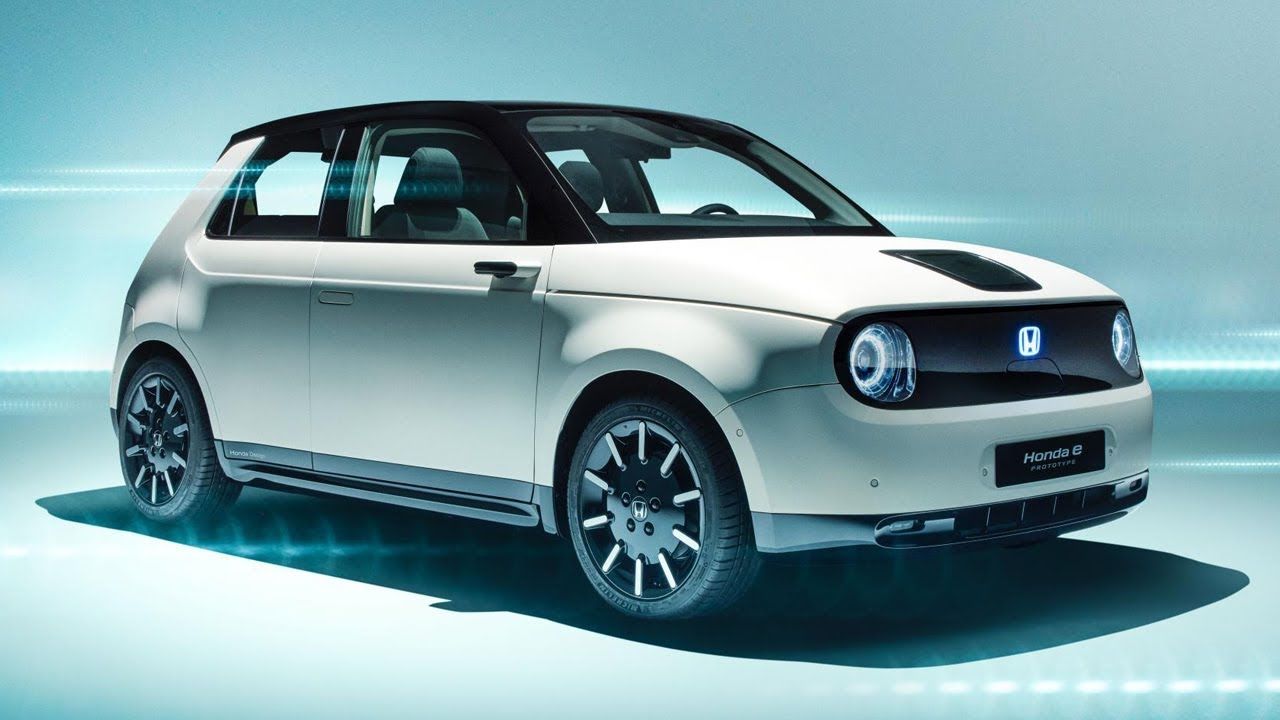
Above: The Honda e.
Engaging a new audience with real-time technology also allows you to render out short, animated films quickly from the large scale experience, well-suited to social media. This is perhaps the best platform to attract Millennials and Generation Z, who frequently read online reviews, watch YouTube tutorials, catch up with celebrity advice on Twitter and even check the ethics of companies they do business with.
According to research by Barkley, Generation Z care about body positivity, social activism, and working for their own success, among other ‘authentic’ traits – more so than other demographics. Therefore, social media is the perfect space for a ‘green’ car like the Honda e.
You can showcase the car’s interior, exterior, technical specs and even view it in running footage, which is far more impactful than a simple still image or website link.
From a consumer perspective, once you’re done customising your car with the real-time experience, you can have a personalised film or video to share across social media. You can showcase the car’s interior, exterior, technical specs and even view it in running footage, which is far more impactful than a simple still image or website link. Social video generates 1,200% more shares than text and image content combined.
Not only is the potential customer now invested in their ‘dream car’, but brand awareness and prestige can skyrocket.
Above: McLaren's use of VR in its design process.
Auto innovation and immersion
Furthermore, real-time technology provides huge scope for multi-channel assets and experiences. An automotive render is no longer simply a flat, 2D asset, but can be viewed and interacted with from all angles. Not only can this digital experience be accessed from the comfort of home, on a computer or mobile device, but also installed at dealerships. Taking the experience a step further, VR enables users to enter a digital showroom and see the 3D rendered vehicle at 1:1 size.
Flexibility and opportunity to experiment is not ‘a nice to have’ option – it’s imperative in today’s competitive landscape.
By capitalising on these immersive formats, we can blend the physical and digital worlds to create a new storytelling medium. In April, McLaren created automotive experiences at the Virtual Reality Show, which gave petrol heads insight into the design and manufacturing process of some of the world’s fastest cars. This flexibility and opportunity to experiment is not ‘a nice to have’ option – it’s imperative in today’s competitive landscape, where campaigns are integrated across platforms and user expectations continue to rise.
My thinking is this: a car designed with new technology and innovation in mind, should be communicated to audiences by utilising new technology that’s innovative in itself.
)

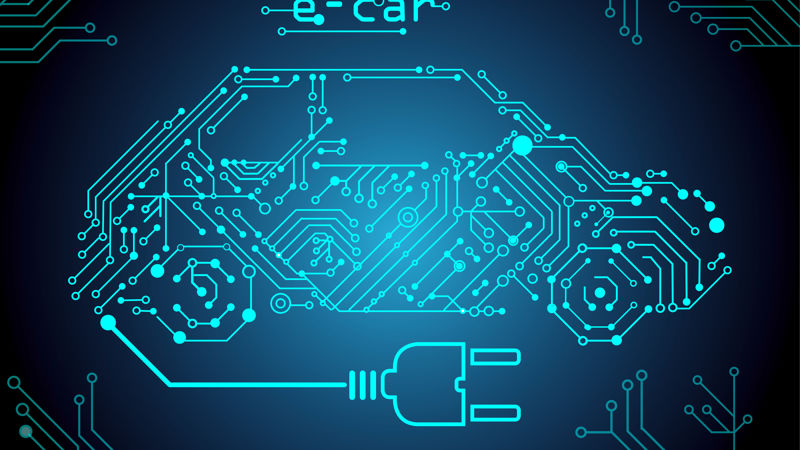


 + membership
+ membership




